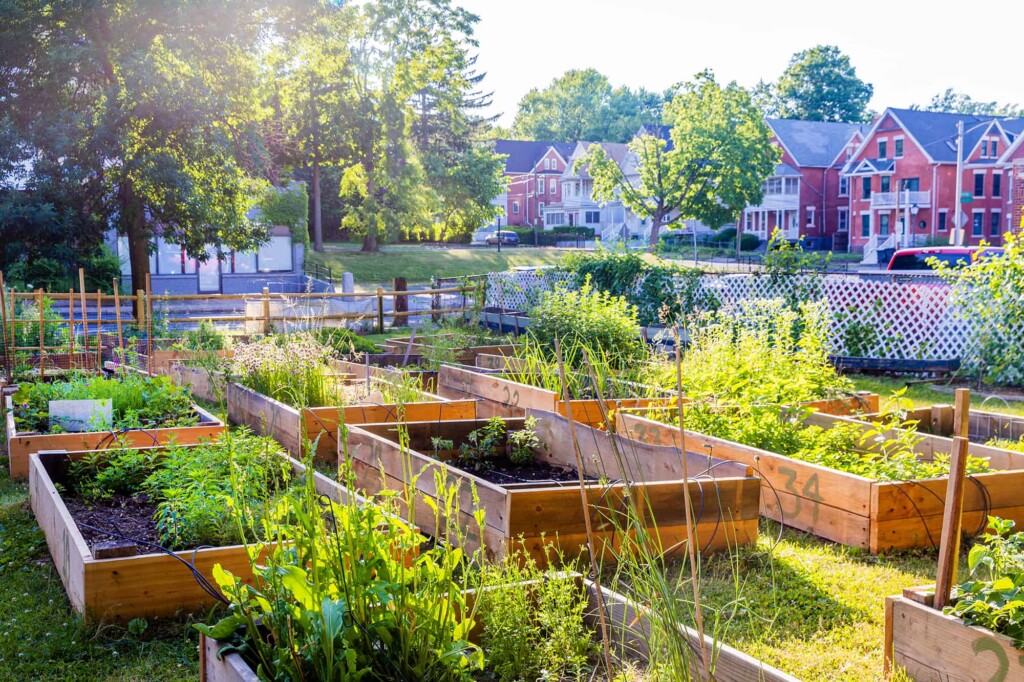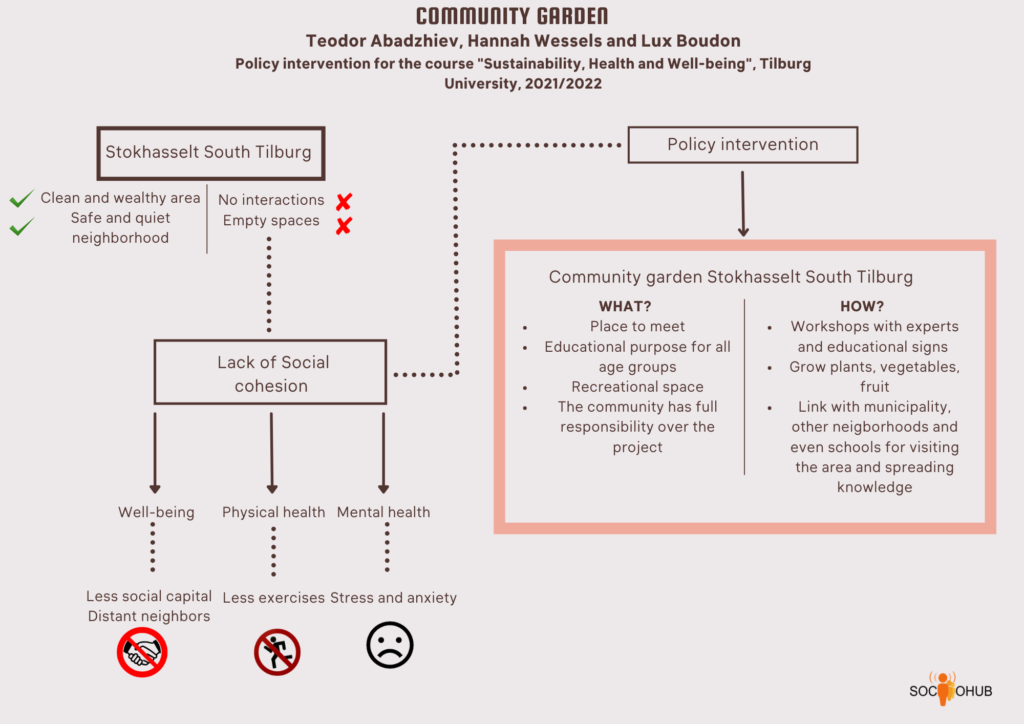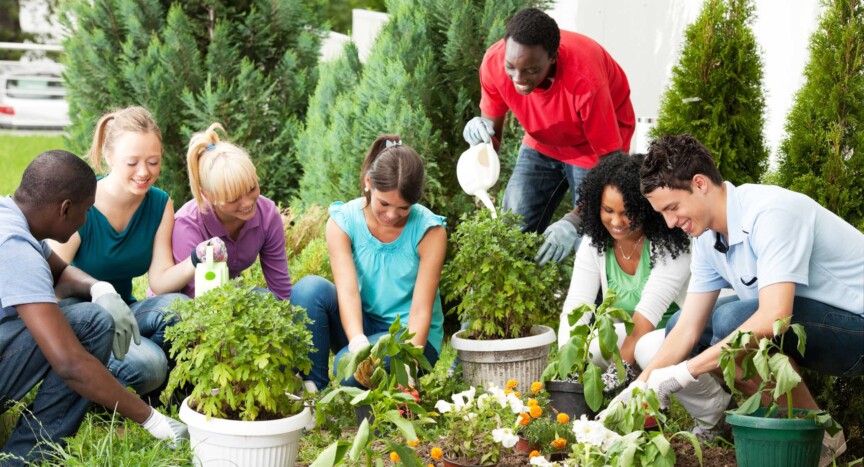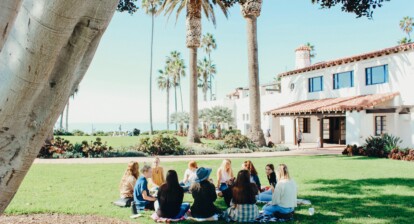In the north of Tilburg lies a small neighborhood, Stokhasselt South. It does not take a long walk through the streets to appreciate this part of the city. In the calmness of the neighborhood, you can hear the birds sing. The residents live in beautiful houses, with big front yards that seem to be taken care of frequently. There is a big park in the middle of the neighborhood where no trash can be found. The demographic of the neighborhood shows that the residents are of all different ages: There are families with young children and teenagers, but also senior residents [1]. All together, Stokhasselt South comes across as a safe environment that seems to be a great place for anyone to live. Despite all these positive characteristics, the liveliness of the neighborhood was missing. The streets were pretty and clean, but barely anyone was walking through them. And this big park, placed in the heart of Stokhasselt South, did not have any children playing or neighbors meeting up. There were no interactions in the neighborhood, and social cohesion seemed to be lacking. The combination of having such positive physical characteristics whilst simultaneously having a lack of positive social characteristics is particularly interesting: A lack of social cohesion tends to lead to neighborhood disorder, and consequently the decay of the physical environment of a neighborhood [2]. In return, neighborhood disorder leads to a lack of trust between citizens and keeps them isolated from each other [3]. Stokhasselt South luckily shows no signs of neighborhood disorder. On one hand, this makes it even more difficult to explain the lack of social cohesion. On the other hand, this could mean that there is a base of trust within the community on which social cohesion can be built. As there are many benefits to social cohesion for the residents, as will be explained later, we aimed to answer the following:
How can the social cohesion in Stokhasselt South be improved?
Community garden: a way to connect with your neighbors
In order to increase social cohesion in the pretty neighborhood of Stokhasselt South, a community garden could be the answer. According to the American Community Garden Association, a community garden is “somewhere people come together to grow plants and share the benefits of doing so” [4]. Therefore, the community garden will be a place for people to meet on a daily basis in order to plant fruits and vegetables and even colorful flowers. The residents will be completely involved in the implementation of the project as it will be the result of cooperation between them and the local government. Moreover, educational signs and workshops will be organized in order to encourage people to participate in the project in an interactive way. Educational signs will accompany the different plants and flowers so the community garden can be a learning experience allowing people to know more about gardening and, therefore, allowing them to be involved in the project. Finally, the garden needs to be easily accessible and close to the center of the neighborhood to be attractive[5]. That is why a botanical path will be added, linking the central park of the neighborhood and the community garden.

Social cohesion is defined as “people in a society feeling and being connected to each other”[6]. There are two aspects composing social cohesion. The first aspect is social belonging, which is the phenomenon of experiencing a sense of community within a neighborhood. The second one is the social network, which represents the interactions between people [6]. The main question is: how can a community garden increase social cohesion within Stokhasselt South? A community garden is a facility that increases social cohesion by giving people the opportunity to meet with each other [6] in a place outside work and at home [5]. Indeed, gardens are beautiful and peaceful green areas where people can enjoy recreational activities [7]. Furthermore, individuals feel they share a common interest with their neighbors [7] and they can also be collectively proud of their work in the community garden [7], which strengthens bonds between them. In addition, while planting seeds people can chat [7] and can, therefore, get to know each other. Finally, cohesion will increase among residents because gardeners can exchange seeds, plants and advice which are actions seen as mutual help [5]. Indeed, by helping each other, people become strongly connected with their neighbors. To put it in a nutshell, the co-creation of a community garden in Stokhasselt South will definitely lead to a more cohesive neighborhood. But, why is cohesion so important to improve the lives of the residents?
Social cohesion: the key to a healthy and happy neighborhood
Social cohesion has proven to be an important factor in determining individuals’ health. An increase in social cohesion can lead to a decrease in mortality, smoking and alcohol consumption, but it also improves people’s mental health [8]. The organization of the neighborhood is especially important for the residents’ health. Neighborhood disorders, both physical and social, have proven to lead to chronic stress, and through that lead to negative health effects [9]. And, as we saw in Stokhasselt South, a neighborhood that is not enjoyed by its residents will keep the people inside, which limits their physical activity and thus their physical health [9].
The community garden has not only been proven to be a great intervention to establish social cohesion but also its effects on residents’ well-being has been seen in practice. Gardening is a great activity for people to be absorbed by the experience, keeping their minds off negative thoughts [4]. Because individuals are physically active, are very focused on the activity and seeing results, gardening can bring people into a flow state. This means that they are so occupied with the activity, that they can forget their troubles and gain mental well-being [2].
We are sure that when the residents of Stokhasselt South invest in the community garden, they will not only make the garden flourish, but also their neighborhood and the lives lived there.

References
[1] Alle Cijfers. (2022, March 16). Héél Véél Informatie over Stokhasselt Zuid (update 2022!). AlleCijfers.nl. Retrieved April 2, 2022, from
https://allecijfers.nl/buurt/stokhasselt-zuid-tilburg/#:~:text=Inwoners%20in%20de%2 0buurt%20Stokhasselt,januari%20in%20het%20bevolkingsregister%20vastgelegd
[2] Marco, M., Gracia, E., Tomás, J. M., & López-Quílez, A. (2015). Assessing neighborhood disorder: Validation of a three-factor observational scale. The European Journal of Psychology Applied to Legal Context, 7(2), 81-89.
[3] Ross, C. E., Mirowsky, J., & Pribesh, S. (2001). Powerlessness and the amplification of threat: Neighborhood disadvantage, disorder, and mistrust. American sociological review, 568-591.
[4]Pitt, H. (2014). Therapeutic experiences of community gardens: Putting flow in its place. Health & place, 27, 84-91.
[5] Veen, E. J., Bock, B. B., Van den Berg, W., Visser, A. J., & Wiskerke, J. S. (2016). Community gardening and social cohesion: different designs, different motivations. Local Environment, 21(10), 1271-1287.
[6] Van Bergeijk, E., Bolt, G., & Van Kempen, R. (2008, April). Social cohesion in deprived neighbourhoods in the Netherlands: The effect of the use of neighbourhood facilities. In Housing Studies Association Conference, York (pp. 2-4).
[7]Firth, C., Maye, D., & Pearson, D. (2011). Developing “community” in community gardens. Local Environment, 16(6), 555-568.
[8] Williams, A. J., Maguire, K., Morrissey, K., Taylor, T., & Wyatt, K. (2020). Social cohesion, mental wellbeing and health-related quality of life among a cohort of social housing residents in Cornwall: a cross sectional study. BMC public health, 20(1), 1-15.
[9] Echeverría, S., Diez-Roux, A. V., Shea, S., Borrell, L. N., & Jackson, S. (2008). Associations of neighborhood problems and neighborhood social cohesion with mental health and health behaviors: the Multi-Ethnic Study of Atherosclerosis. Health & place, 14(4), 853-865.







